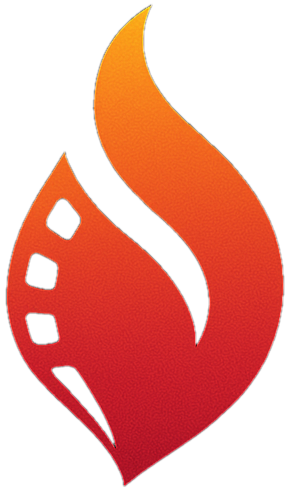Visually Documenting Wildfires in Canada
- Wildfire Team

- 2 days ago
- 3 min read
Wildfires are a growing concern in Canada. Climate change is making these fires more frequent and intense, with the area burned increasing by nearly 50% in the last decade. The visual documentation of these events is crucial for understanding their impact, managing response efforts, and informing future prevention strategies. This post explores the significance of visually documenting wildfires in Canada, underscoring its benefits for communities, researchers, and policymakers.
Understanding the Scope of Wildfires in Canada
Canada's vast forests and diverse ecosystems are particularly vulnerable to wildfires. On average, wildfires burn over 2 million hectares of land annually, affecting air quality and human health. In 2023 alone, the country saw around 1,000 wildfires, leading to significant economic losses estimated at $1.5 billion.
Visual documentation provides a clear representation of the scale and impact of these fires. Photographs and videos capture the devastation, allowing communities to better understand the severity of the situation. For example, images of neighborhoods engulfed in flames or smokes filling the skies help to raise awareness and prompt action from both the public and government agencies.
The Role of Visual Documentation in Emergency Response
In a wildfire, timely and accurate information is essential for effective emergency response. Visual documentation serves as a critical tool for first responders, helping them assess the situation on the ground. Aerial imagery offers a comprehensive view of the fire's spread, enabling firefighters to strategize their efforts more effectively.

Moreover, visual documentation helps coordinate resources and personnel. Sharing real-time images and videos with emergency management teams allows responders to quickly pinpoint areas needing immediate attention. This collaboration can ultimately save lives and reduce property damage, which is critical when considering that wildfires can increase response costs by up to 30% in affected areas.
Educating the Public and Raising Awareness
Visual documentation plays a vital role in educating the public about fire safety and prevention. Striking images of wildfires not only reveal their destructive power but also serve as a wake-up call for at-risk communities. By showcasing real-life examples of devastation, residents are reminded of the importance of preparedness, such as creating defensible space around their homes.
Moreover, visual content can reach broader audiences when shared across various platforms. Documentaries, news reports, and social media posts with compelling images spark conversations about climate change and its role in increasing wildfire occurrences. This heightened awareness can lead to greater community engagement and support for fire prevention initiatives. For instance, communities that actively participate in local fire prevention programs saw a 40% reduction in wildfire-related incidents last year.
Supporting Research and Policy Development
The visual documentation of wildfires is valuable for immediate response efforts and long-term research and policy development. Researchers can analyze images and footage to study fire behavior, ecological impacts, and the effectiveness of firefighting strategies.
By gathering a visual archive of wildfires, scientists can identify patterns that inform future policies. For example, data-driven trends from visual documentation have influenced policies aimed at improving forest management practices—leading to a 25% increase in government investment in wildfire prevention programs since 2020.
Enhancing Community Resilience
Wildfires can lead to long-term challenges for affected communities, such as displacement and economic hardship. Visual documentation can foster a sense of unity among residents. Images of recovery efforts and rebuilding initiatives serve to inspire hope and encourage collaboration.
Furthermore, compelling visual evidence can aid communities in advocating for resources and support from government agencies. Presenting impactful images of wildfire damage enables residents to make a stronger case for funding and assistance, essential for rebuilding efforts.

Ethical Considerations in Visual Documentation
While visual documentation of wildfires offers clear benefits, it is essential to approach this practice with sensitivity and ethics. Capturing images of destruction can be distressing for victims, and respecting their privacy is crucial.
Photographers and videographers must prioritize obtaining consent when documenting individuals or communities affected by wildfires. Additionally, it's vital to avoid sensationalism in visual storytelling. Balancing the need for awareness with respect for the experiences of those affected is necessary.
Final Thoughts
The visual documentation of wildfires in Canada serves important purposes across various sectors. From aiding emergency response efforts to educating the public and supporting research, these images offer invaluable insights into the effects of wildfires on communities and ecosystems.
As Canada faces the increasing threat of wildfires, the need for effective visual documentation becomes clearer. By capturing the reality of these events, we can foster greater awareness, build resilience, and work towards a safer, more sustainable future.





Comments